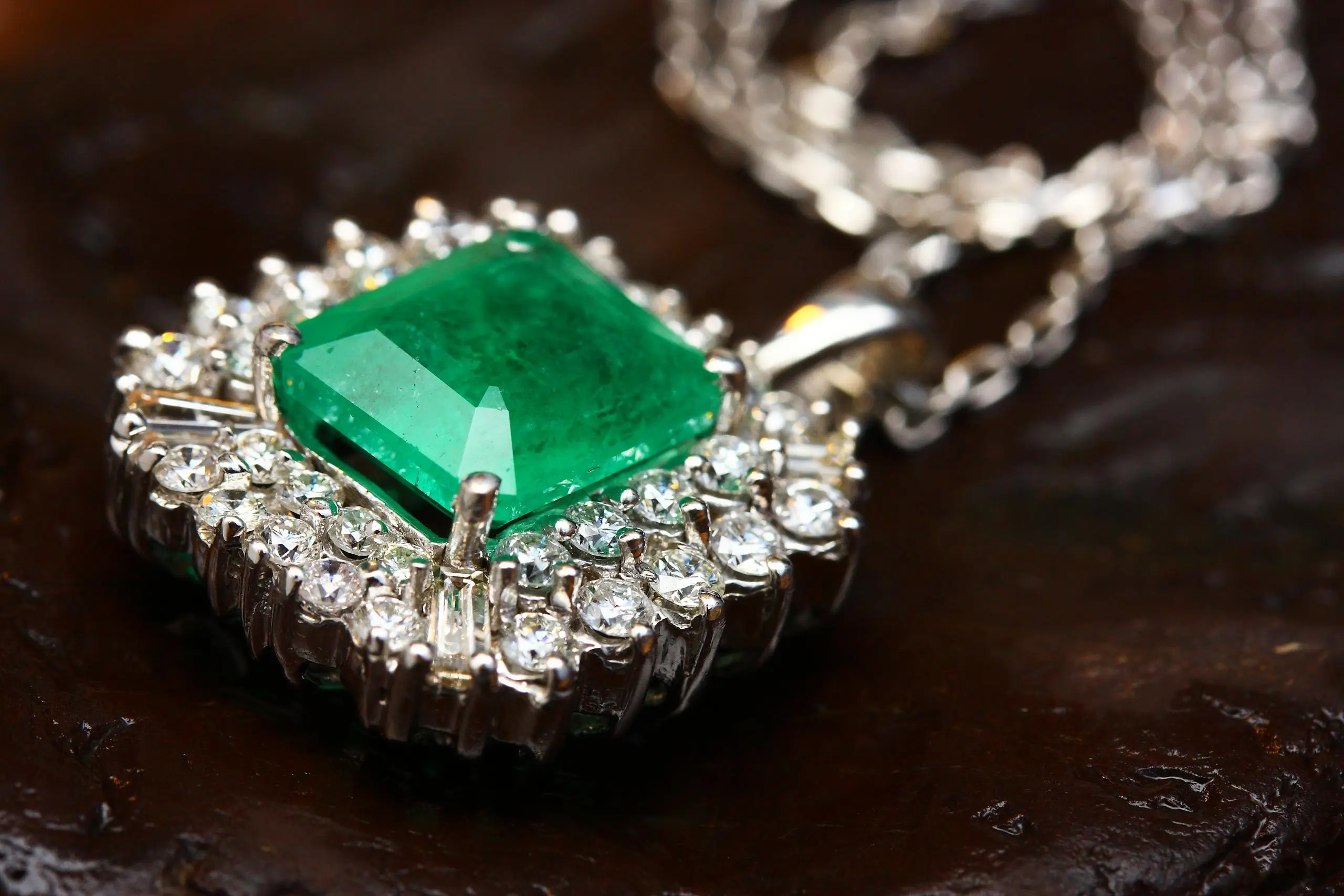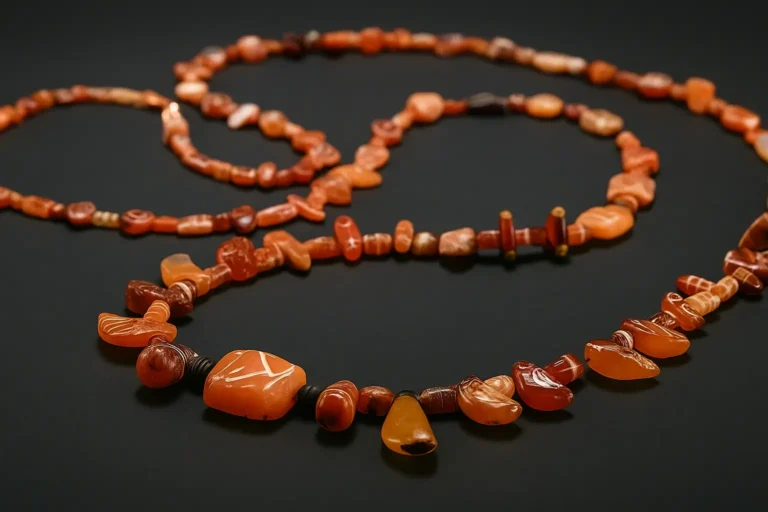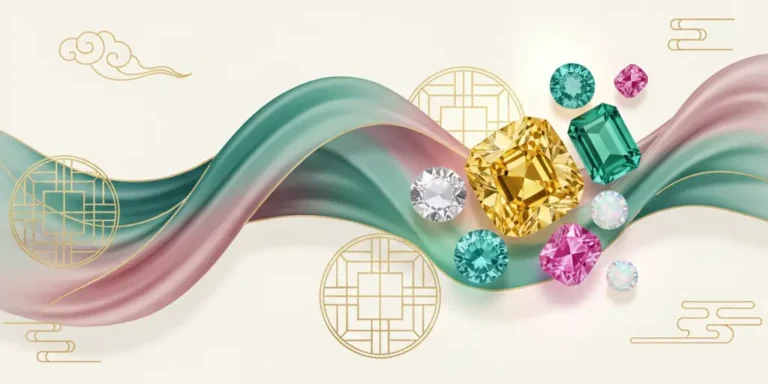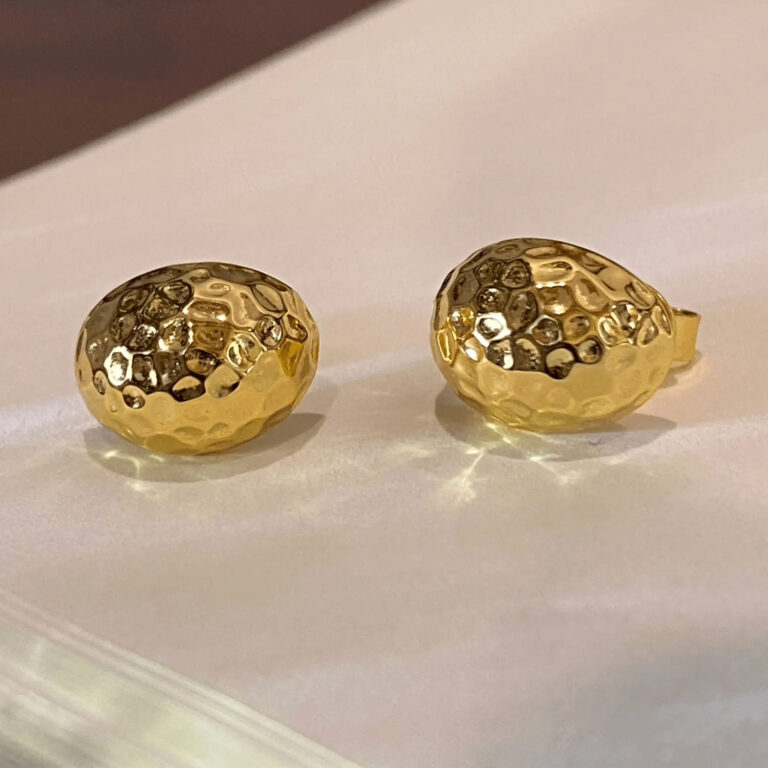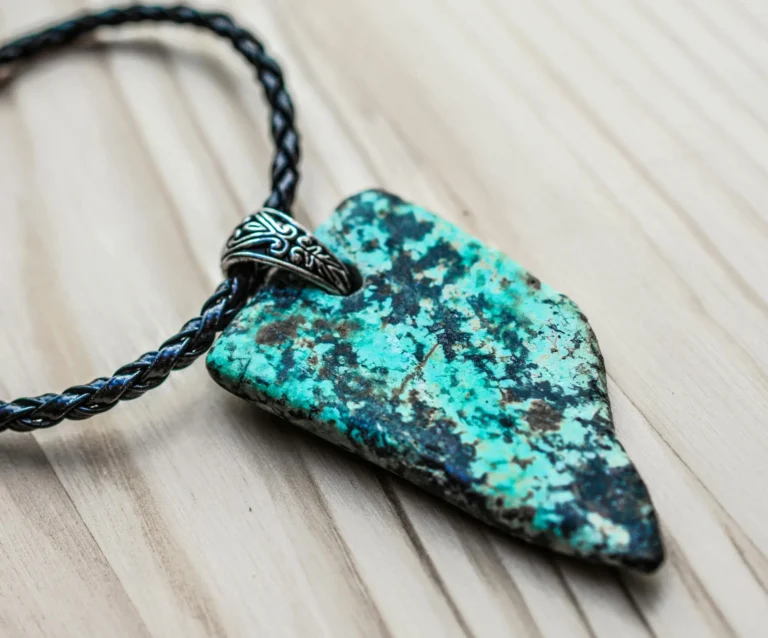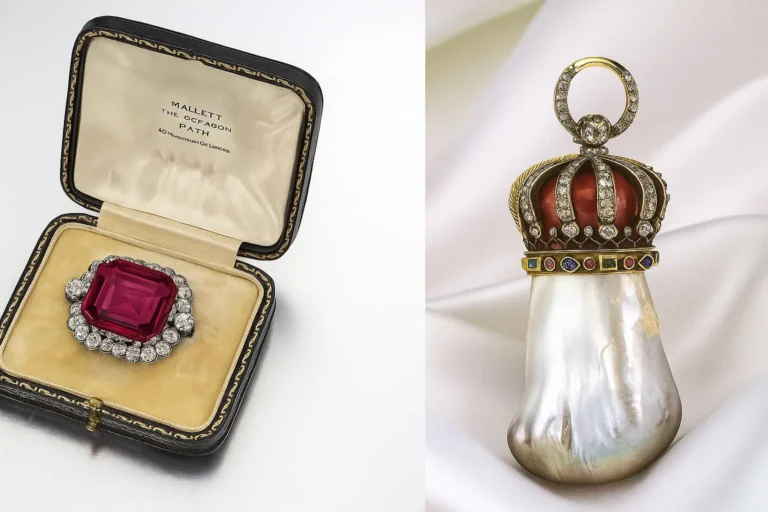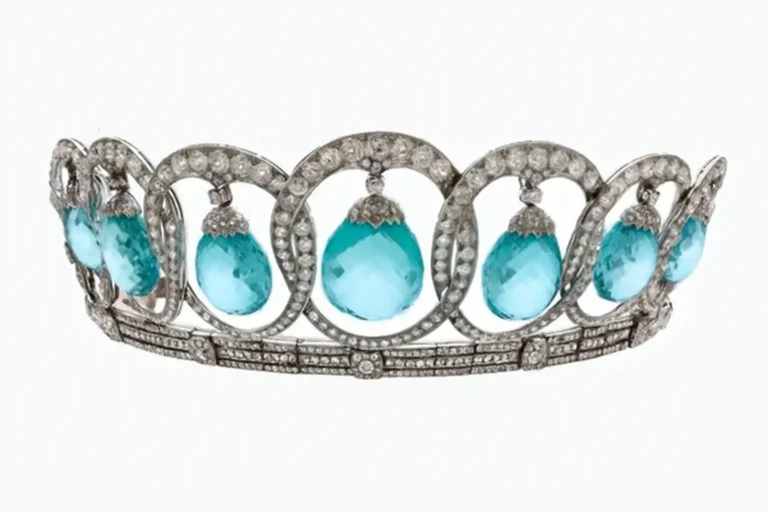Gemstone Jewelry Buying Tips – Hidden Tricks Jewelers Don’t Want You to Know
From color-enhanced fancy diamonds to artificially blue-toned amber, from assembled opals that mimic natural fire to pearls retouched to look flawless, these manipulations are more common than you think. Today, let’s uncover these secrets together and learn Gemstone Jewelry Buying Tips so you’ll never fall into the beautiful traps set by jewelers again.
📑 Table of Contents
- Colored Diamonds: Essential Gemstone Jewelry Buying Tips
- The Hidden Makeover Behind Fancy Colored Diamonds
- 1. How Metal Settings Affect Diamond Color
- 2. Using Foil or Enamel to Enhance Diamond Color
- Smart Buying Tips for Colored Diamonds Jewelry
- The Hidden Makeover Behind Fancy Colored Diamonds
- Blue Amber: Gemstone Jewelry Buying Tips You Should Know
- Blue Amber Jewelry Setting Secrets
- 1.The Hidden Trick: Color Backing Techniques in Blue Amber Jewelry
- 2. How Lighting and Background Influence Blue Amber’s Glow
- Gemstone Lesson: Blue Amber’s Origins and Optical Traits
- Blue Amber Jewelry Marketing Tricks and Common Misconceptions
- Smart Buying Tips for Authentic Blue Amber Jewelry
- Blue Amber Jewelry Setting Secrets
- Opal: Essential Gemstone Jewelry Buying Tips
- Composite Opal Jewelry Settings Explained
- 1. What Are Composite or Doublet Opals?
- 2. How Composite Opals Are Often Misrepresented in Jewelry
- Gemstone Lesson: How to Identify Composite and Doublet Opals
- Smart Buying Tips for Genuine Opal Jewelry
- Composite Opal Jewelry Settings Explained
- Moonstone: Essential Gemstone Jewelry Buying Tips
- Moonstone Jewelry and Color-Enhancing Techniques
- 1. Color-Backed or Coated Pink Moonstones
- 2. Dyed Moonstones: A Common but Misleading Practice
- 3. What to Expect from Genuine Natural Moonstone Jewelry
- Smart Buying Tips for Authentic Moonstone Jewelry
- Moonstone Jewelry and Color-Enhancing Techniques
- Pearl Jewelry: Gemstone Buying Tips You Should Know
- Pearl Jewelry Setting and Concealment Techniques
- 1. How Pearl Settings Can Hide Surface Imperfections
- 2. Custom Concealment vs. True Designer Pearl Settings
- Pearl Jewelry Pricing and Buying Tips
- Pearl Jewelry Setting and Concealment Techniques
- Jade Jewelry: Gemstone Buying Tips You Should Know
- Jade: Concealment Techniques in Jewelry
- 1. How to Optimize Gemstone Settings for Jade
- Smart Buying Tips for Authentic Jade Jewelry
- Jade: Concealment Techniques in Jewelry
- Final Thoughts – Shop Smart, Wear Art
Colored Diamonds: Essential Gemstone Jewelry Buying Tips
The Hidden Makeover Behind Fancy Colored Diamonds
When a diamond carries the word “fancy” in its description, many buyers imagine vivid, saturated tones—brilliant yellows, delicate pinks, or even rare blues.
But in reality, most natural fancy diamonds show only subtle hues rather than strong, intense colors. According to The Langerman Selection, a respected American fancy diamond dealer, truly vivid fancy-colored diamonds are extremely rare.
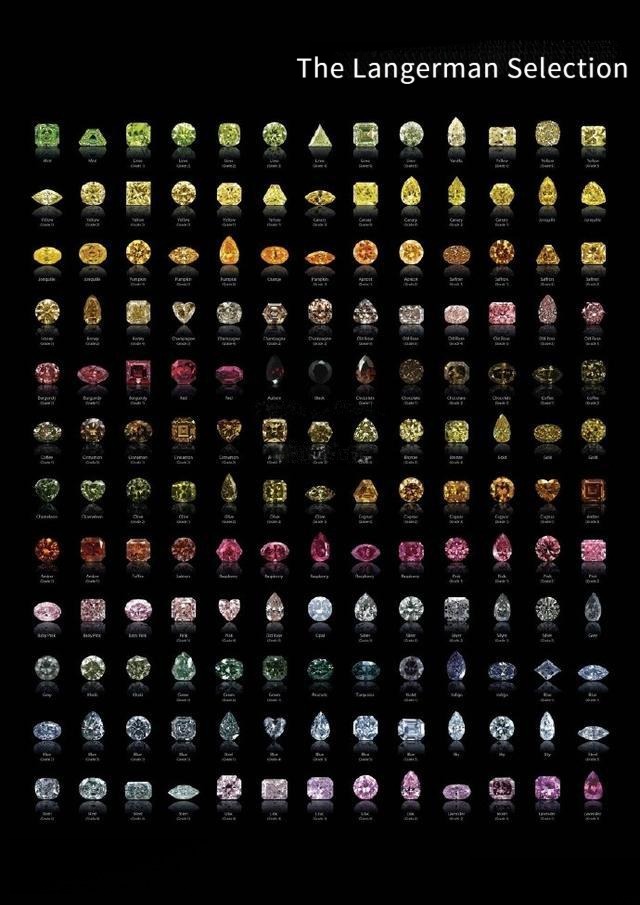
Because many consumers expect a striking, richly colored appearance, some jewelers use post-setting “beautifying” techniques to make diamonds look brighter—almost like giving them a cosmetic makeover. One of the most common tricks lies in how the diamond is set.
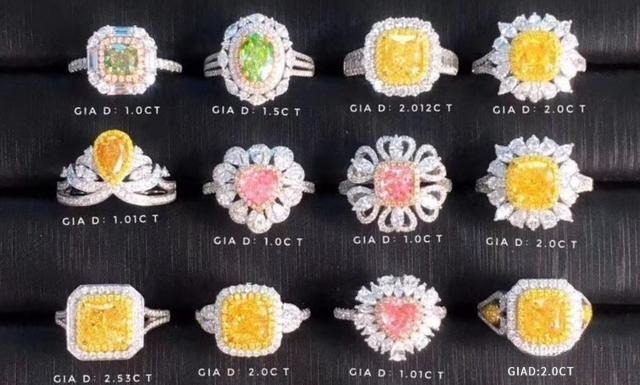
1. How Metal Settings Affect Diamond Color
The choice of metal plays a major role in how a diamond’s color appears.
For instance, jewelers typically mount yellow diamonds on yellow gold to intensify their hue, while pairing pink diamonds with rose gold creates a warmer, richer tone.
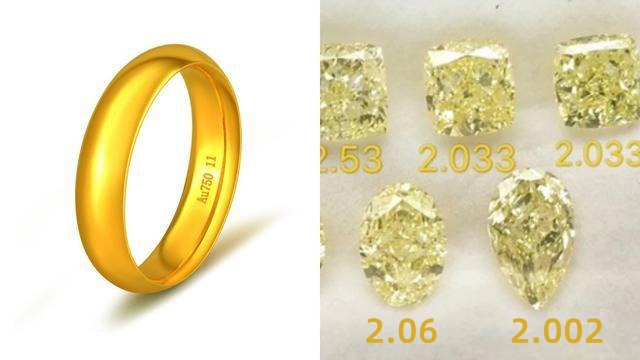
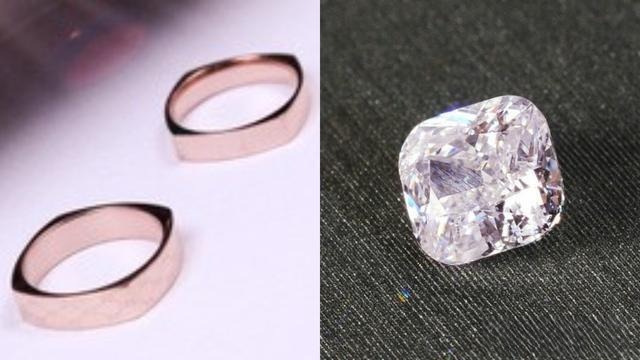
This visual effect doesn’t change the stone’s natural color—it simply reflects and amplifies light through the metal tone, creating an illusion of stronger saturation.
That’s why understanding metal color pairing is key when evaluating gemstone-set jewelry.
2. Using Foil or Enamel to Enhance Diamond Color
Beyond metal tones, some jewelers use colored foils, tinted enamel, or even thin colored glass layers behind the diamond.
These materials alter how light travels through the gem, giving it a more vivid appearance under certain lighting conditions.
💡 Example:
A pale yellow diamond placed over a thin gold-tinted foil can instantly appear more radiant and valuable to the untrained eye—even though its actual color grade remains light.
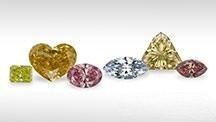

While these methods enhance visual appeal, they don’t improve the diamond’s intrinsic quality. They can, however, lead to inflated prices based on appearance alone.
Smart Buying Tips for Colored Diamonds Jewelry
Because setting techniques can significantly affect how a colored diamond looks, buyers should always examine more than just the finished jewelry piece.
Before purchasing, review the gem’s certificate carefully to confirm the color grade and origin of color (whether natural or treated).
If you’re working with a limited budget but still want a lively, colorful look, consider selecting a lightly tinted natural diamond and pairing it with a colored-metal setting.
This combination offers great visual appeal, high value for money, and genuine craftsmanship—without falling into deceptive “beauty traps.”
To learn more about colored diamonds, check out our PeonyJewels blog articles:
- Why Are Fancy Colored Diamonds Always Pink and Green? The Mystery Finally Revealed! From Rough Stone to Finished Piece, the Price Can Multiply Fivefold
- Are Brand-Name Diamonds Better? What Are the 4Cs? Is Bigger Always Better?
Blue Amber: Gemstone Jewelry Buying Tips You Should Know
Blue Amber Jewelry Setting Secrets
Amber is one of the most fascinating, and often misunderstood, members of the amber family. Many buyers are drawn to it for its mysterious blue hue and rarity. However, despite its name, blue amber isn’t naturally bright blue to the naked eye.
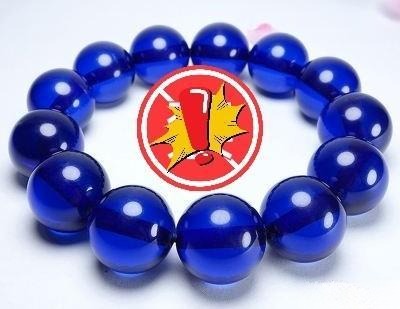
In gemological terms, blue amber is defined as amber that displays a distinct blue fluorescence under ultraviolet (UV) light. In normal daylight, its body color usually appears yellowish, honey, or golden brown. So why do many jewelry photos show a deep, almost neon blue?
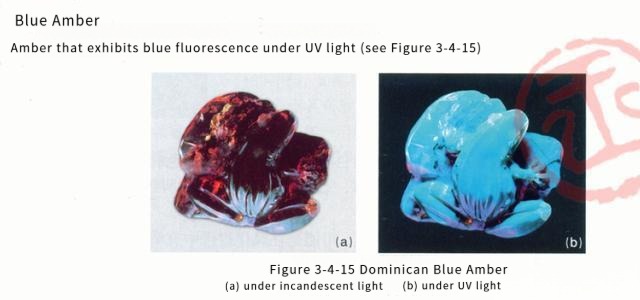
That’s where the “magic” of jewelry setting and lighting comes in.
1.The Hidden Trick: Color Backing Techniques in Blue Amber Jewelry
To make blue amber appear bluer in photos and displays, some jewelers use backing techniques similar to those applied to fancy-colored diamonds.
However, while diamonds are often backed with gold or rose metal tones, blue amber settings typically use a black or dark-colored base.
The dark background absorbs most visible light, reducing reflection from the surroundings. As a result, the blue fluorescence of the amber stands out more strongly under natural or UV lighting, giving the impression of a deeper and purer blue.
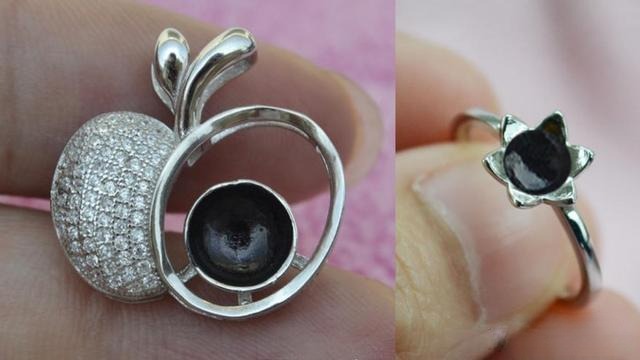
2. How Lighting and Background Influence Blue Amber’s Glow
Under white or light backgrounds, blue amber’s natural body color dominates—commonly yellow, golden, or greenish-brown depending on origin. The surrounding light reflects across the gem’s surface and overwhelms the subtle blue glow.
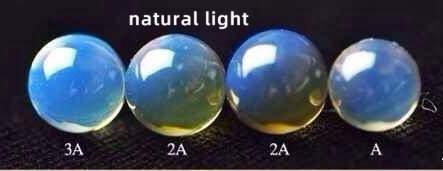
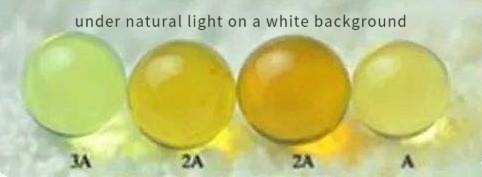
Under dark or black backgrounds, however, most visible light is absorbed, allowing the blue fluorescence to become visible. This effect intensifies in sunlight or under UV light.
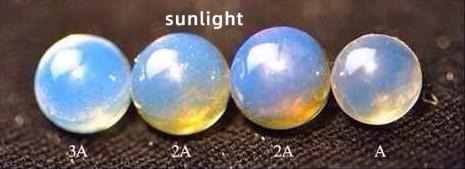
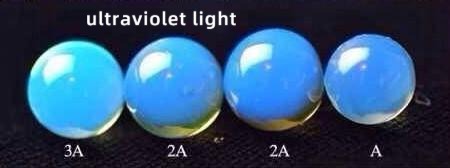
Therefore, lighting and environment play a crucial role in how blue amber appears. The same gem can look completely different under store lighting compared to natural daylight at home.
Gemstone Lesson: Blue Amber’s Origins and Optical Traits
Blue amber mainly comes from the Dominican Republic, Mexico, and Myanmar (Burma). Each region produces slightly different visual characteristics:
- Dominican Blue Amber: Displays sky-blue fluorescence in natural light; high-quality specimens need no dark backing.
- Mexican Blue Amber: Often shows a blue-green tone and retains glow after UV light is removed—an effect known as phosphorescence or the “afterglow.”
- Burmese (Myanmar) Golden-Blue Amber: Exhibits a warm golden tone with visible blue highlights under dark surroundings, often marketed as “golden blue amber.”
By understanding these natural optical effects, sellers can strategically emphasize blue tones during photography or display—sometimes to a misleading extent.
Blue Amber Jewelry Marketing Tricks and Common Misconceptions
Some sellers intentionally photograph blue amber under UV lamps and present those images as its everyday appearance. This can mislead buyers into believing the gem is always bright blue, when in fact, it only glows vividly under specific lighting.
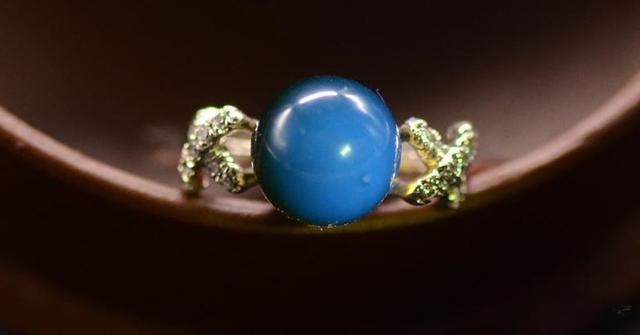
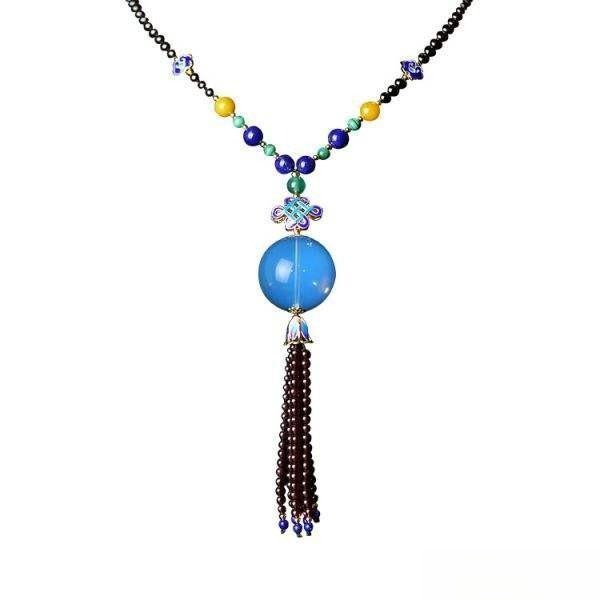
Many first-time buyers purchase blue amber purely for its advertised “blue” color and end up disappointed when their jewelry appears yellowish in normal daylight.
This gap between expectation and reality often leads to feelings of deception or mistrust.
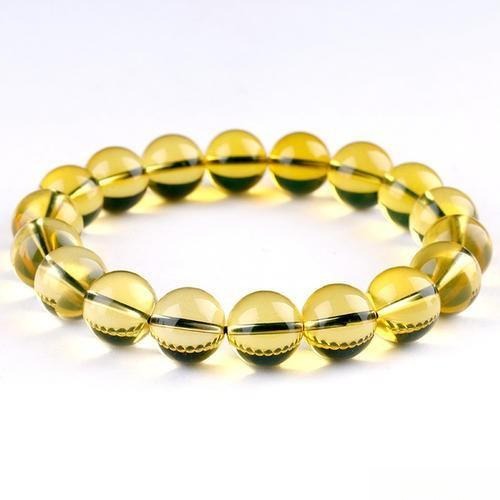
Smart Buying Tips for Authentic Blue Amber Jewelry
While color backing can enhance beauty, it should never be used to hide flaws or misrepresent quality.
Black backings may also serve a secondary purpose—to mask inclusions or imperfections in lower-grade amber.
Top-quality Dominican blue amber, by contrast, usually needs no backing at all.
Before purchasing, ask the jeweler directly whether the piece has been color-backed or enhanced for display.
As long as sellers are transparent and buyers understand what they are paying for, there’s nothing wrong with appreciating a well-presented gemstone.
However, always avoid sellers who exaggerate or mislead by showing UV-lit photos without disclosure.
Remember, a trustworthy purchase means paying the right price for the right gem—with full knowledge and clear expectations.
For more amber buying tips, read the Peonyjewels blog article: Real Amber Identification – 10 Essential Tips from Peonyjewels.
Opal: Essential Gemstone Jewelry Buying Tips
Composite Opal Jewelry Settings Explained
Black opals are famous for their dramatic play-of-color and striking appearance. Naturally, high-quality black opals are extremely valuable—often considered the “painter’s palette” of gemstones.
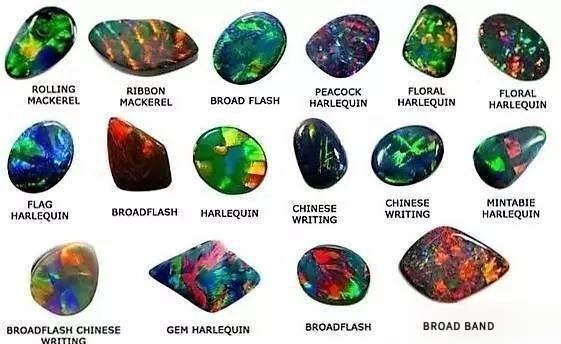
However, not every stunning black opal you see is naturally solid. Many seemingly beautiful black opals in jewelry are actually composite opals.
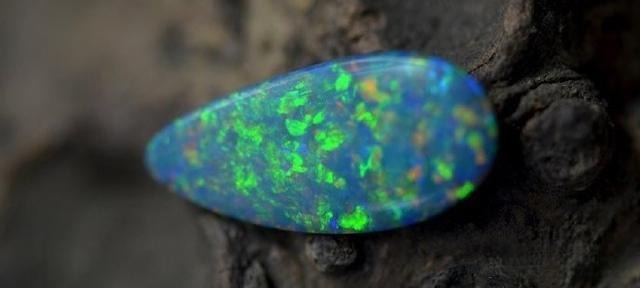
The image above shows natural opal rough purchased for a client.
1. What Are Composite or Doublet Opals?
Black opals are inherently rare, and most mined stones are too thin to be faceted or set as standalone gems. To maximize usability and affordability, jewelers have developed two-layer (“doublet”) and three-layer (“triplet”) opals, collectively known as composite opals.

- A doublet opal typically consists of a thin slice of natural opal glued to a dark base (often opal host rock).
- The thin opal layer is bonded to create a gem that looks thick and flashy, mimicking a solid black opal at first glance.
This method offers the beauty of natural opal at a much higher cost-performance ratio, but it can also mislead uninformed buyers.
2. How Composite Opals Are Often Misrepresented in Jewelry
Some unscrupulous sellers may set doublets or triplets into finished jewelry and market them as solid black opals.
From the front or back, these pieces may look like genuine natural opal. If the sides are fully covered by the setting, it becomes extremely difficult to spot the difference without careful inspection.
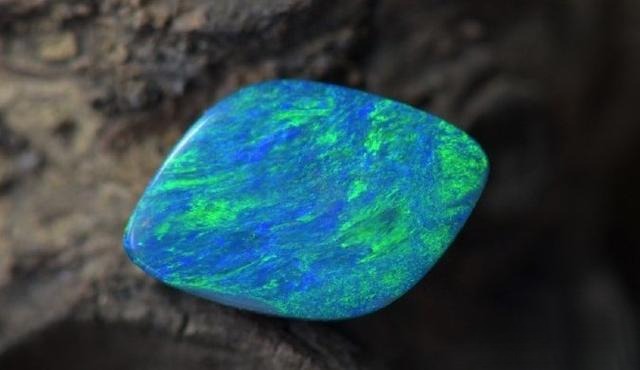
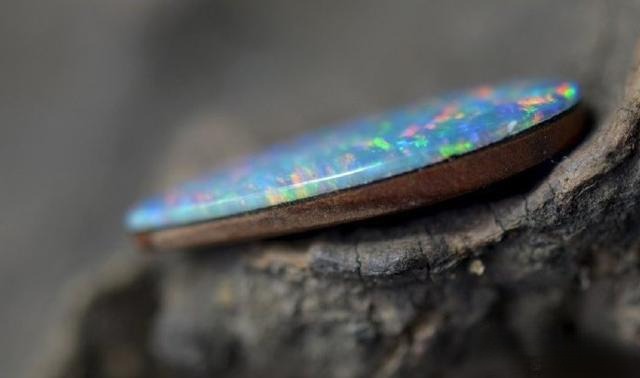
💡 Example:
Many travelers purchase black opal jewelry in Australia, only to realize later at home that they bought a composite opal while paying premium prices for what they thought was a solid gem.
Gemstone Lesson: How to Identify Composite and Doublet Opals
To distinguish doublets from natural black opals (especially ironstone opals with host rock), examine the gem carefully:
- Natural black opals with host rock have a gradual, seamless transition between the opal and surrounding matrix.
- Doublets show a visible, straight or uneven line where the thin opal layer is glued to the base.
- Triplets often include a protective clear cap on top of the opal slice, making the layers slightly more obvious under magnification.
Using a loupe or magnifying glass, check the side profile of the stone. If the layers are clearly visible or the transition line is abrupt, you are likely looking at a composite opal rather than a solid natural opal.
Smart Buying Tips for Genuine Opal Jewelry
When purchasing black opal jewelry:
- Always ask the seller about the opal type (solid, doublet, or triplet).
- Examine side views or request magnified images to verify layering.
- Understand that doublets and triplets can be high-quality, affordable alternatives—but they should never be misrepresented as solid black opals.
- Avoid sellers who intentionally conceal layers or exaggerate the rarity of the stone.
By staying informed, buyers can enjoy beautiful opal jewelry without falling victim to misrepresentation, making smarter and safer purchases.
Moonstone: Essential Gemstone Jewelry Buying Tips
Moonstone Jewelry and Color-Enhancing Techniques
Have you ever wondered whether moonstone can be pink?
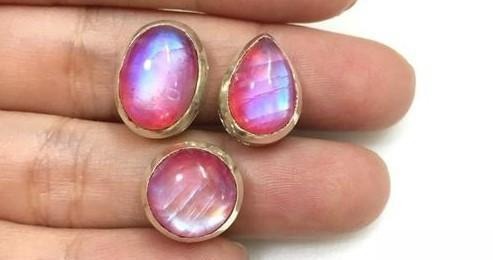
You may have heard of blue moonstone or rainbow moonstone, but vivid pink moonstone is extremely rare in nature. To attract customers and enhance visual appeal, some jewelers use clever techniques during setting to make otherwise average-quality moonstones appear bright pink.
1. Color-Backed or Coated Pink Moonstones
Most finished jewelry featuring “pink moonstone” achieves its color through backing techniques.
Typically, jewelers place a pink card, foil, or backing film behind the moonstone when setting it, which enhances the apparent pink hue.
This method masks the stone’s natural body color and accentuates its shimmer, making it more attractive in photographs and display cases.
💡 Example:
A moonstone cabochon with subtle natural adularescence can look strikingly pink when backed with a pale pink card—though the stone itself remains only lightly colored.
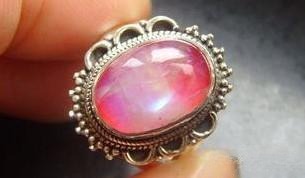
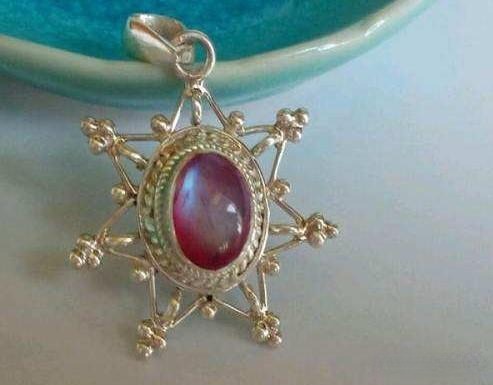
2. Dyed Moonstones: A Common but Misleading Practice
Some jewelers treat low-quality moonstones more aggressively with dyeing to achieve bright pink colors.
You can detect dyed stones by examining cleavage lines and natural fissures under magnification.
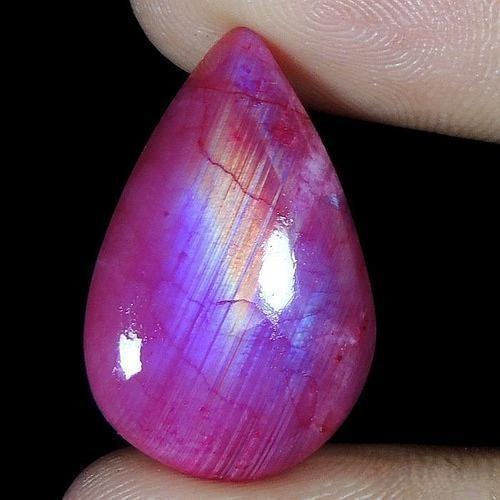
- Dyed moonstones usually have multiple fissures that extend to the surface.
- You may notice color accumulation along these cracks, which indicates artificial dye.
Because dyeing is relatively crude and easy to detect, jewelers enhance most pink moonstones in mounted jewelry using color backing instead of applying actual dye.
3. What to Expect from Genuine Natural Moonstone Jewelry
In reality, natural moonstone does not produce bright pink hues.
- Some rare specimens may show very subtle pinkish or lavender flashes within their adularescence, but these colors are extremely faint.
- If a vivid pink moonstone appears in jewelry, it is almost certainly either backed with a colored base or artificially dyed.
Smart Buying Tips for Authentic Moonstone Jewelry
When purchasing pink moonstone jewelry:
- Always ask the seller whether the stone has been color-backed or dyed.
- Examine the side and underside of the gem for signs of backing layers or dye accumulation.
- Understand that backed moonstones can look beautiful and provide good value, but transparency from the seller is essential.
- Avoid sellers who exaggerate the natural color or deliberately mislead customers.
By staying informed, you can fully appreciate the beauty of moonstone jewelry and avoid falling for artificial enhancements.
For more insights into moonstones, including their history, properties, and significance as the June birthstone, explore the PeonyJewels blog article: June Birthstone Guide: Everything You Need to Know About Moonstone.
Pearl Jewelry: Gemstone Buying Tips You Should Know
Pearl Jewelry Setting and Concealment Techniques
Among all gemstone setting enhancements, pearl concealment is one of the most representative and commonly used techniques.
1. How Pearl Settings Can Hide Surface Imperfections
When setting pearls, jewelers often place the mounting hole over visible blemishes or areas with minor flaws.
Choosing different styles or sizes of prongs and caps can mask imperfections effectively, making the pearl appear flawless once set.
💡 Example:
A jeweler can hide a small surface flaw on a cultured pearl using a slightly raised prong or decorative bezel, creating the illusion of a perfect pearl.
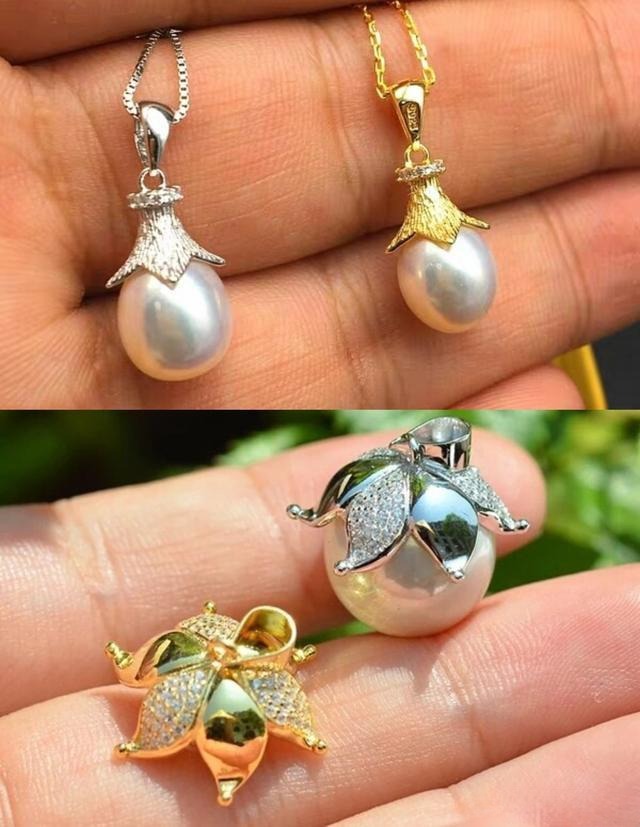
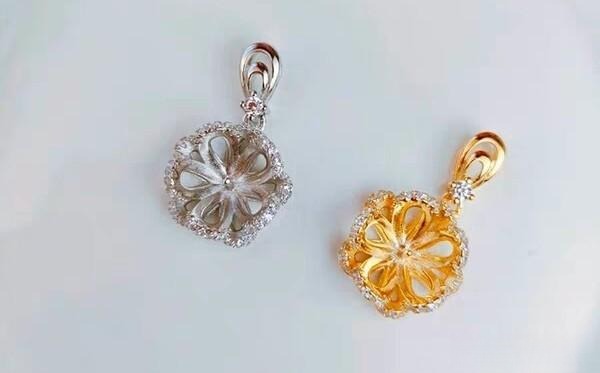
2. Custom Concealment vs. True Designer Pearl Settings
Many sellers customize concealment prongs or setting designs specifically to hide pearl imperfections. These are often marketed as “designer settings” to justify higher prices.
However, there is a key difference:
- Concealment settings exist primarily to cover flaws, and the creative design aspect is secondary.
- True designer settings aim to highlight the pearl’s natural beauty and complement a theme or artistic concept.
For example, designers often use baroque pearls with unusual shapes but high luster in imaginative, playful designs, integrating the pearl seamlessly with the theme.
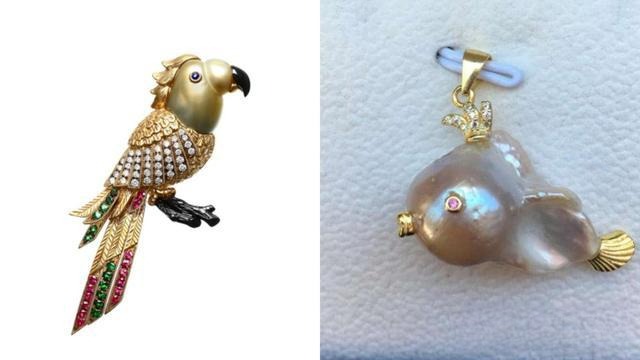
By understanding this distinction, buyers can actively differentiate between artful jewelry and pieces that designers create primarily to mask imperfections.
Pearl Jewelry Pricing and Buying Tips
Jewelers price pearls differently depending on whether the pearl is naturally flawless as a loose gem or only appears flawless after they set it in jewelry.
Buyers should be cautious if a seller charges loose pearl prices for pearls that only look flawless after mounting, as this can lead to overpaying for the actual quality.
Always verify:
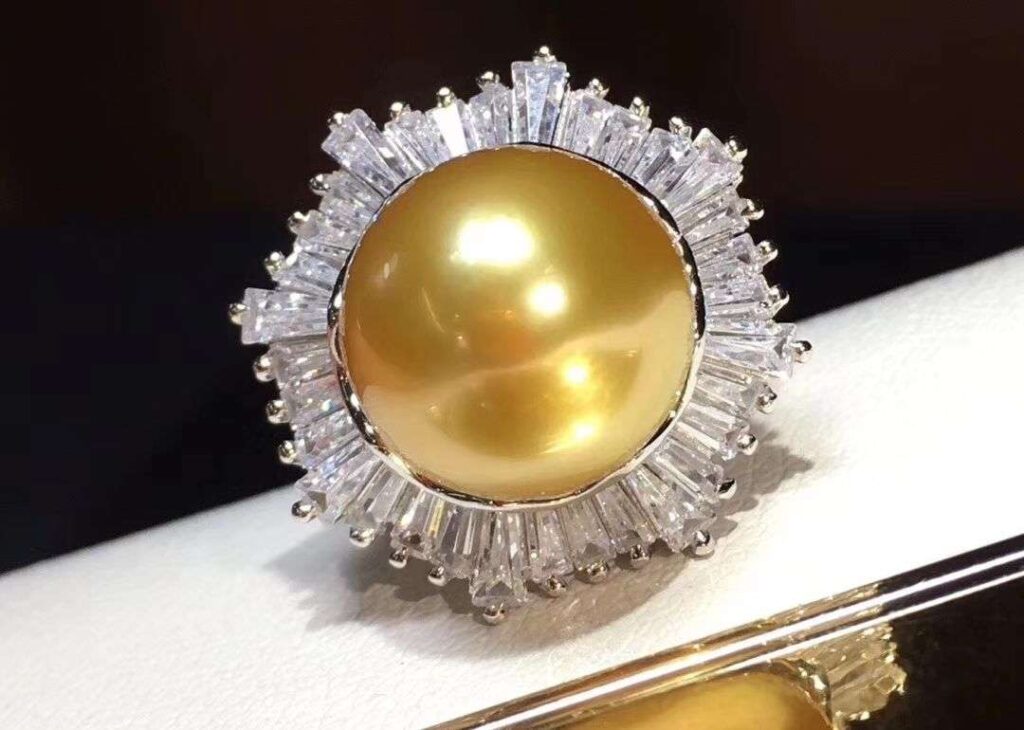
- Whether the pearl’s luster and surface quality are naturally perfect.
- Whether the flawless appearance is achieved through concealment techniques.
By staying informed, buyers can make smart purchases and avoid paying premium prices for pearls whose perfection is largely artificial.
For more tips on selecting pearls, explore the PeonyJewels materials blog article: How to Choose a Top-Quality Pearl: Know Its Origin First.
Jade Jewelry: Gemstone Buying Tips You Should Know
Jade: Concealment Techniques in Jewelry
Just like pearls, jewelers sometimes set other gemstones with imperfections, such as jade and amber, using concealment techniques.
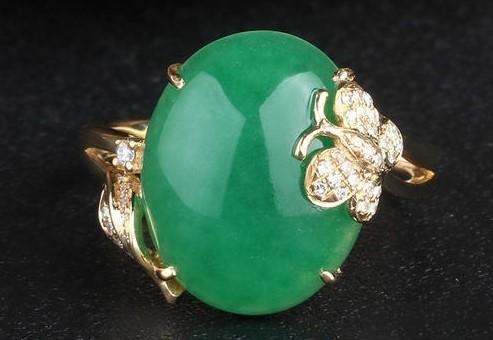
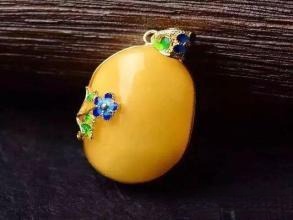
Some sellers are transparent and inform buyers about the gem’s quality, but many prefer to avoid disclosure, allowing the finished piece to mask flaws and fetch a higher price.
1. How to Optimize Gemstone Settings for Jade
In professional jewelry setting, it is common to design mounts that optimize the appearance of the stone.
When done correctly, setting and gemstone complement each other:
- A well-crafted setting enhances the gem’s color, brilliance, and perceived value.
- The goal is to create a beautiful finished piece while maintaining transparency about the stone’s intrinsic quality.
However, some jewelers use setting tricks to mask low-quality stones purely for profit, which is a form of opportunistic misrepresentation.
💡 Example:
A jeweler can mount a jade cabochon with minor surface flaws to hide the blemishes, making the piece appear flawless while the underlying stone quality remains unchanged.
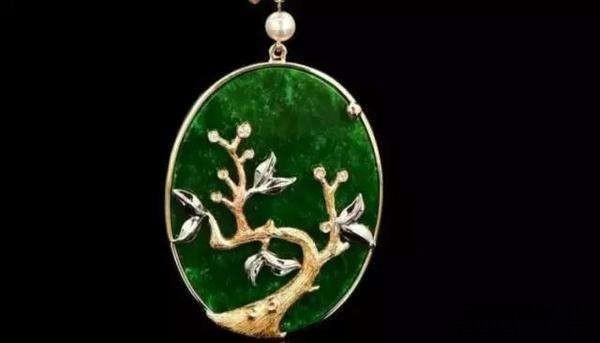
Smart Buying Tips for Authentic Jade Jewelry
Consumers take steps to avoid misleading information:
- Consider purchasing loose gemstones and having them custom-set according to your design preferences.
- Take your time, research the gem type, and avoid impulsive purchases.
- Follow educational resources such as the PeonyJewels blog, which regularly shares tips, insights, and fun jewelry knowledge.
By staying informed, buyers can ensure they pay fairly for the actual quality of the gemstone, and avoid overpaying for enhancements that only mask imperfections.
💫 Final Thoughts – Shop Smart, Wear Art
Now that you’ve uncovered the hidden tricks behind gemstone jewelry, you can shop with confidence and a trained eye. Real beauty in jewelry doesn’t rely on color foils, backings, or clever concealment—it comes from honest craftsmanship and authentic design.
At PeonyJewels, we believe every piece should reveal the truth of its materials and the story of its maker. That’s why we craft our handcrafted vintage earrings with the same transparency and care we value in every gem we study. Each pair celebrates natural texture, timeless artistry, and genuine human touch.
✨ Explore the PeonyJewels Handmade Vintage Earring Collection today—and experience how true craftsmanship can outshine any illusion.

